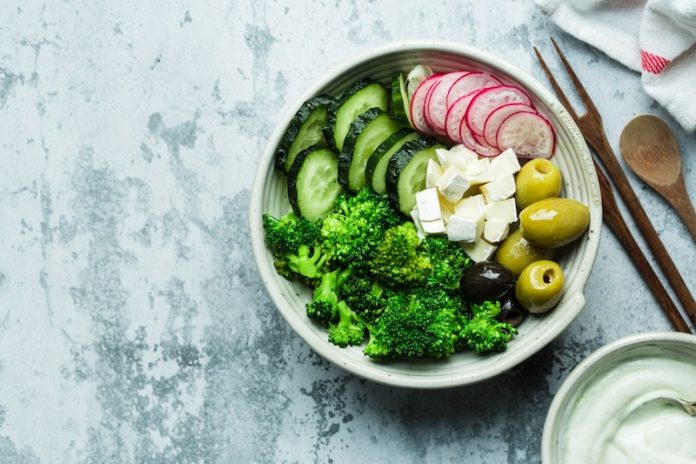
Researchers from Penn State’s Department of Nutritional Sciences have uncovered a significant insight into eating behaviors: the combined effect of portion size and variety on food consumption.
Their study, featured in Appetite, sheds new light on how these factors jointly contribute to overeating in single- and multi-course meals.
Professor Barbara Rolls and her team embarked on this journey to explore beyond the individual impacts of portion size and variety, which were well-studied but not combined.
“We’ve seen how each factor works alone, but real-life eating involves both variables simultaneously,” Rolls remarked.
The experiment was meticulously designed. The researchers prepared three savory casseroles with a consistent calorie density, grain, protein, vegetable, and sauce. They also ensured a uniform texture to avoid other factors influencing consumption.
“By keeping calorie density and texture constant, we could really focus on how portion size and variety interact,” explained lead author Paige Cunningham, a postdoctoral scholar at Penn State.
The study involved female participants aged 20 to 65. In two separate experiments, the participants were served the casseroles in one go or over three courses.
The variety was manipulated by offering either one type of casserole or a mix, and the portions varied.
Cunningham noted, “We initially thought that variety might have a stronger impact in a single-course meal due to the simultaneous visibility of different foods. However, our findings showed similar effects of variety in both single and multiple course setups.”
The results were telling: participants ate 27% more when presented with various large-portioned casseroles than a single small-portioned type.
This finding has practical implications, especially considering typical meals at restaurants, buffets, or during holidays, where both variety and large portions are common.
This research is part of a larger effort by Penn State’s Laboratory for the Study of Human Ingestive Behavior to understand how various food properties affect eating habits.
The lab plans to investigate further the interaction of calorie density with portion size and variety.
Cunningham emphasizes the importance of being aware of these factors to prevent overeating. “At meals with a wide range of foods in large portions, focusing on nutrient-rich, lower-calorie options can help control intake and reduce the risk of obesity,” she advises.
The study’s findings offer valuable insights for both consumers and health professionals, highlighting the need for mindfulness in eating practices.
Understanding the combined influence of portion size and variety is crucial in shaping healthier eating behaviors and managing the global challenge of obesity.
If you care about weight loss, please read studies about the keto diet for weight loss: Pros and cons, and how to drink water to lose weight.
For more information about weight loss, please see recent studies about best cheeses to improve diabetes and lose weight, and results showing gastric sleeve weight-loss surgery: a real story.
The research findings can be found in Appetite.
Copyright © 2023 Knowridge Science Report. All rights reserved.



